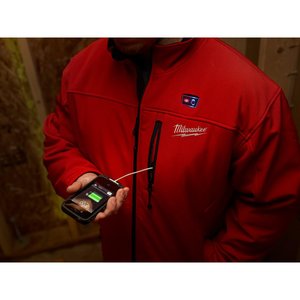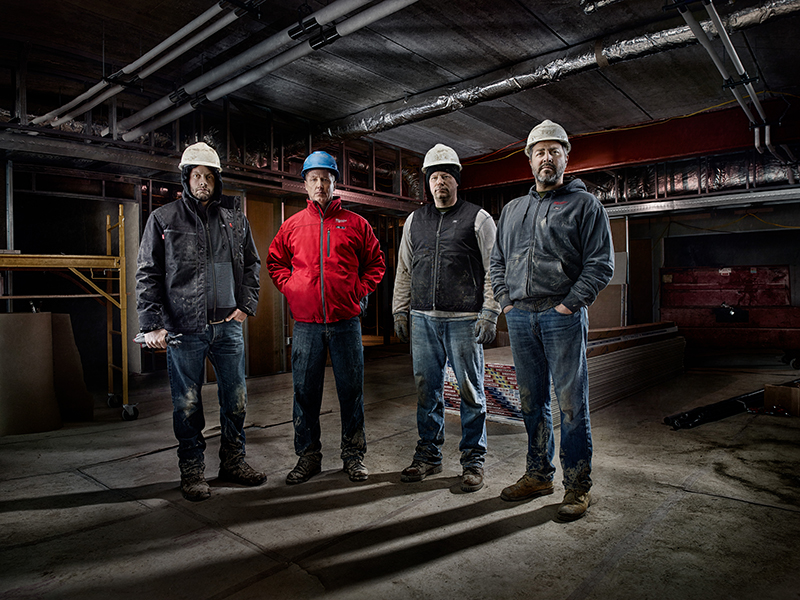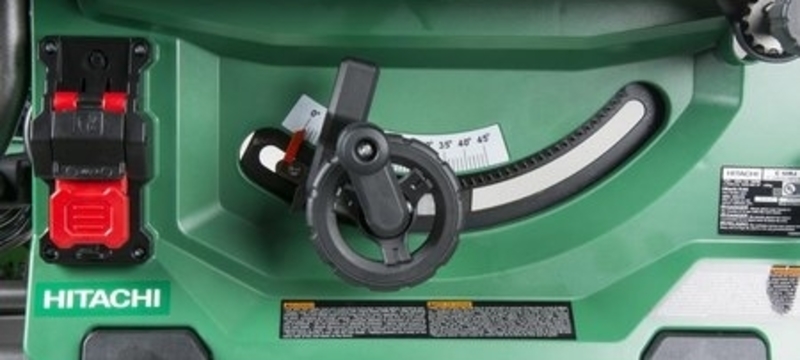Your clients expect the job to get done despite various weather conditions. It’s critical to keep you and your crew warm enough in the cold season. More than just comfort, proper heating keeps muscles loose so workers can complete their tasks quickly and with better results. It also helps to prevent hypothermia and other health hazards. Use this guide to determine some of the most convenient and effective ways to keep warm while working.
Heated Jackets and Heated Sweatshirts

Heated jackets and sweatshirts help trap your body heat and prevent it from venting away. Beyond this, they also have heated inner panels that generate incredible warmth and let you work in icy conditions.
A jacket’s warmth follows you wherever you go, whether you’re working indoors or outside. It also offers outstanding protection from the wind and rain. The best-heated jackets have waterproof fabric and many pockets for holding your tools or accessories. They’re relatively lightweight and easy to carry, plus you can store them in a closet or on a coat rack when you’re not working, which also helps to free up valuable space in your workshop.
Heated Jacket Comparison
Before you select the jackets you plan to use, consider your needs and answer the following questions:

Does the manufacturer that I trust with my tools also make heated jackets? These jackets run on the same batteries you use for your tools. For instance, DEWALT heated jackets accept the same batteries you use for DEWALT 12V/20V Lithium-Ion drills or saws. In contrast, Milwaukee heated jackets and vests take the same batteries as your Milwaukee M18 and M12 tools. If you’re a fan of a specific brand, you can try to find a heated jacket from that manufacturer to get even more use out of the batteries you already own.
Do I want to use this for more than just work? If so, consider a camouflage heated jacket. You can use them for your job during the work week, then take them hunting on the weekend. You get the same comfort and performance on the job site while you play. Look for the highest denier rating you can find, which indicates how firmly woven the fabric is and, thus, how well it holds up to frequent heavy-duty use.
Will I be working in low-light conditions? Some jackets come in high-visibility colors with reflectors, which may be an OSHA requirement, depending on your job. These patterns can prevent accidents by making it easy to see in the dark.
Will it get warmer outside as the day goes on? Selectable heat controls let you adjust the warmth to a custom level. This isn’t a critical feature in the coldest environments, where the temperature seldom varies. If conditions become significantly warmer during the day, try to get an adjustable model to keep the heat level tolerable. Some jackets even allow you to turn down the heat to specific panels so you only get the warmth you want, where you want it.
What sort of battery does this jacket take? The higher a battery’s voltage, the more power you can expect. Could you do some research on the expected battery life? The longer its rating, the longer you can work without swapping out batteries.
Does it come with any special features? USB connections let you hook up your phone or media player to the battery for charging while you work. Listening to your favorite music on the job can help you to focus better and make the day seem to go by faster.
How does it perform as a non-powered jacket? A tightly woven exterior helps keep your body heat trapped inside when you aren’t using the battery. It also waterproofs against rain and other liquids. More robust fabric lasts a longer time to give you more excellent value.
Other features to look for include removable exteriors, which make it easier to regulate the heat. Some models even allow you to remove the powered portion of the jacket and wear it as a belt to power various tools or gadgets on hot days. Secured pockets, such as those with hook and loop closures, help to protect your essential items from damage. This is critical because cold months bring wind and precipitation that can ruin documents and rust metal tools.
Heaters
Heaters provide temperature control over a wide area. You can set them up where you plan to work, turn them on, and you’re ready. These ways of keeping warm are simple to use, and unlike heated jackets, they free up the batteries to be used solely to power your tools.
Heaters come in a variety of options. Electrical space heaters plug into a generator or a regular outlet and radiate heat wherever you need. They tend to have better controls for selecting the precise temperature, including thermostats. If you’re working on a powered site, these heaters may be the ideal method for keeping warm on the job site since you don’t have to go and fill up fuel.
Propane heaters give you outstanding heat, fast. They are installed directly onto a propane tank and are fuel-efficient. Since there’s no cable, you can carry them wherever you need to go, regardless of whether your job site is set up for electricity or if you don’t have a generator. Because of their direct flame, propane heaters can warm up a large area. Beyond making it easy to work, these heaters are suitable for drying out rooms for painting and coating applications.

You can also power heaters with other fuels. Natural gas heaters run off your existing utility hookup for convenient operation. Diesel is easy to obtain, and you can use it for different applications besides your heater, such as powering generators or vehicles. Kerosene burns efficiently and is easy to transport.
Heaters generally require that you be indoors to get the most out of them; otherwise, the wind simply carries away much of the heat. If you’re working at an outdoor site, setting up tents or putting drapes around scaffolding can give you a barrier to keep your heat inside and prevent rain from falling on you.
When you need to heat a larger area, use a larger heater. Wheeled models are accessible for one person to transport for greater productivity. The larger the wheel, the easier it is to overcome various obstacles.
Added Accessories
Sometimes you don’t need a full jacket or large heaters. Gloves can protect your hands from the wind. Select the thinnest gloves that still keep you comfortable so you can enjoy the dexterity you need to operate your tools. Heavy-duty work boots keep the rain from getting to your feet and give you traction for walking on slick or icy surfaces. Full-body suits or coveralls provide near-total coverage against all of the elements.
Warmth and comfort keep you and your employees happy and healthy. We carry various options designed to give you the performance you need to finish the job on time despite the winter chill. With these tips for keeping warm in winter, check out our inventory and outfit your team with the best and most effective for an easy work season, no matter what winter sends your way.




